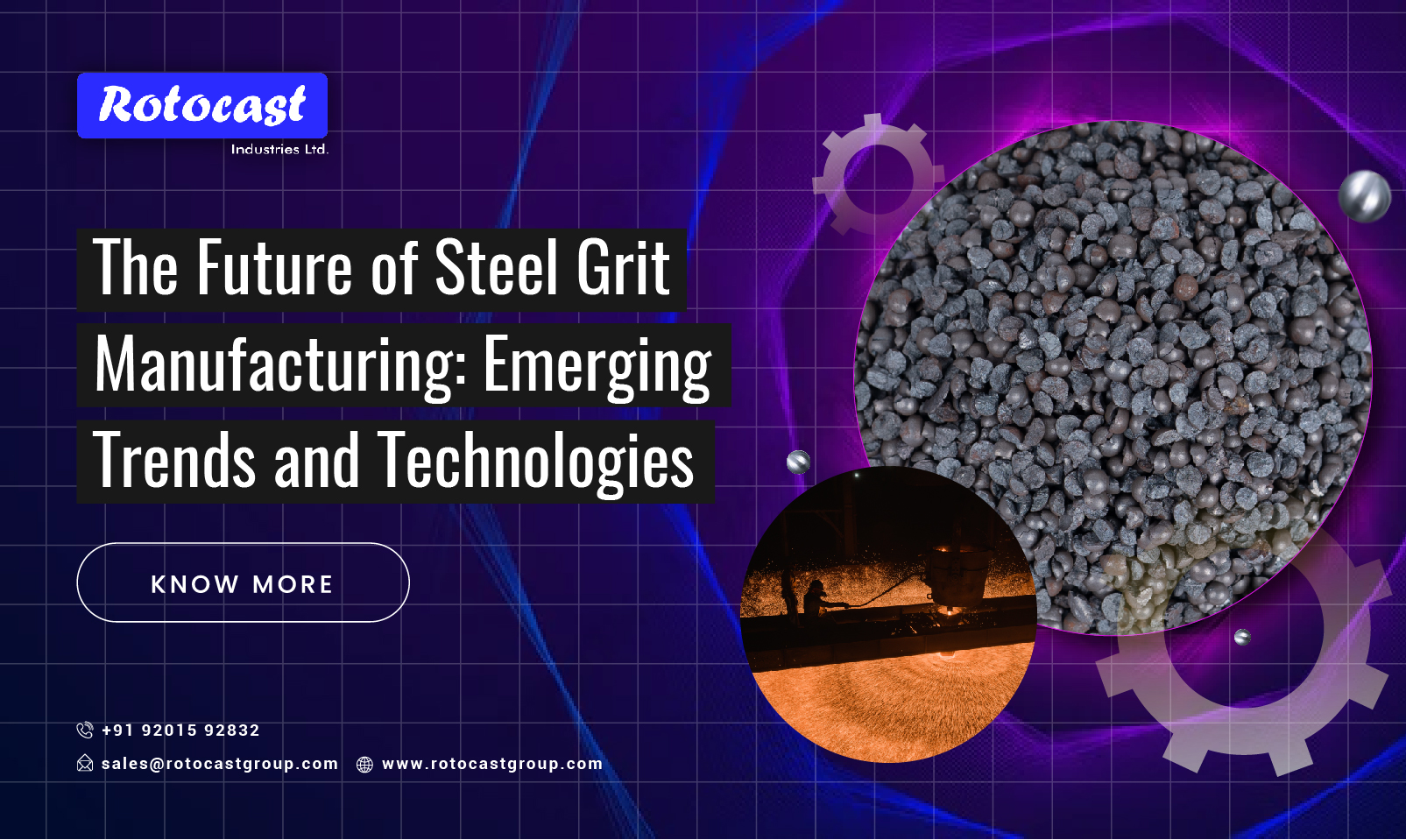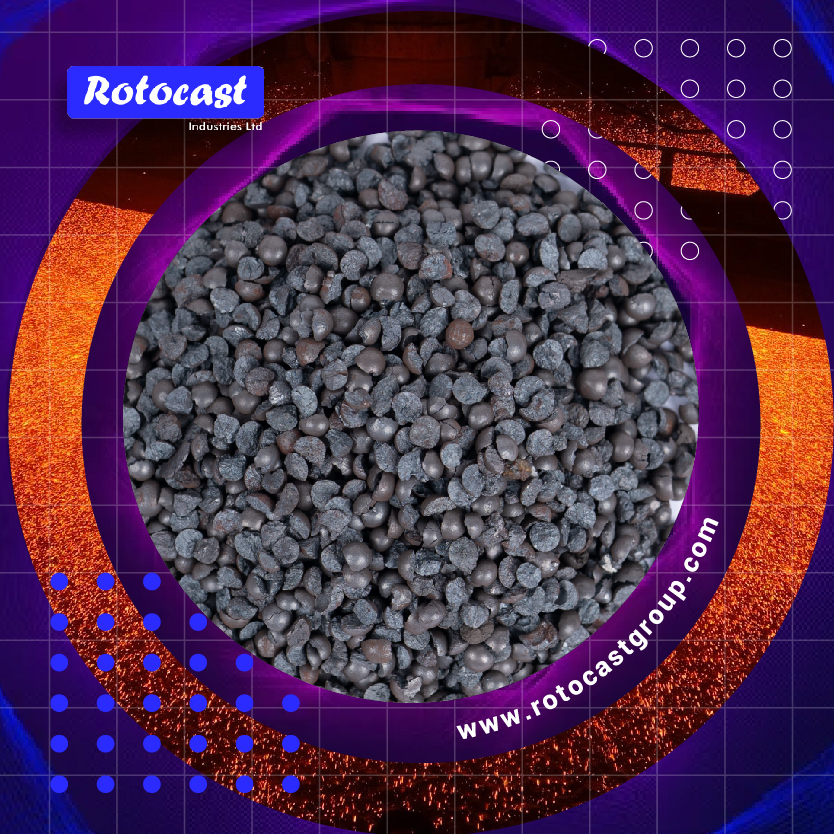
The steel grit manufacturing industry is undergoing a significant transformation, driven by advancements in technology and a growing demand for more efficient and sustainable surface treatment solutions. As the global market for steel grit continues to expand, manufacturers are embracing emerging trends and innovative technologies to stay competitive and meet evolving industry needs. Here’s a closer look at the future of steel grit manufacturing and the key trends shaping its trajectory.
1. Automation and Smart Manufacturing 
Automation is at the forefront of the steel grit manufacturing revolution. By integrating automated systems and robotics into production processes, manufacturers can enhance efficiency, reduce labor costs, and improve product consistency. Smart manufacturing technologies, such as IoT (Internet of Things) and AI (Artificial Intelligence), are being deployed to monitor and optimize production in real-time. These technologies allow for predictive maintenance, minimizing downtime, and ensuring that production lines operate at peak efficiency.
2. Sustainability and Environmental Impact
Sustainability is becoming a critical focus in steel grit manufacturing. Companies are investing in eco-friendly production methods that reduce energy consumption, minimize waste, and lower carbon emissions. The shift towards sustainable practices not only benefits the environment but also aligns with the increasing demand for green products from environmentally conscious consumers. Innovations in recycling and waste management are also helping manufacturers repurpose byproducts and reduce their environmental footprint.
3. Advanced Materials and Coatings
The development of advanced materials and coatings is another trend shaping the future of steel grit manufacturing. New alloys and composite materials are being introduced to enhance the durability and performance of steel grit, making it more effective in abrasive applications. These advanced materials are designed to withstand extreme conditions, providing longer service life and reducing the need for frequent replacements. Coatings that improve resistance to corrosion and wear are also being developed, further extending the lifespan of steel grit products.
4. Globalization and Market Expansion
As the demand for steel grit grows globally, manufacturers are expanding their reach into new markets. This globalization trend is driving innovation and competition, leading to the development of more advanced and cost-effective products. Companies like Rotocast are leveraging their expertise to penetrate emerging markets, offering tailored solutions that meet local industry standards and requirements.
In conclusion, the future of steel grit manufacturing is bright, with emerging trends and technologies paving the way for more efficient, sustainable, and high-performance products. As companies like Rotocast continue to innovate, the industry is set to meet the growing demands of a global market while minimizing environmental impact and enhancing product quality.

